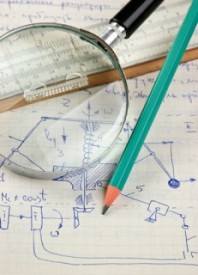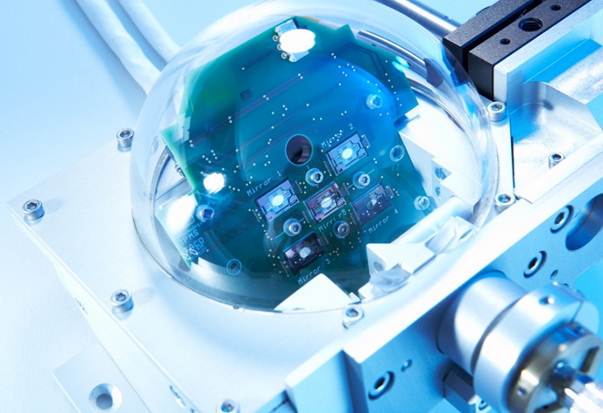Fields of competence

ROBOTNOR represents a unique synergy of academic and industrial expertise which allows us to counsel and comprehend a wide variety of tasks and projects. Our fields of competence are numerous and diverse.

The TACO (Three-dimensional Adaptive Camera with Object Detection and Foveation) EU project aims at enhancing the abilities of service robots by improving the sensing system with real 3D foveation properties and to increase their ability to interact with their natural environment in a more natural and human-like way.
Sensors providing high-quality, densely sampled 3D data are enabling technology for robots that interact with objects in their surroundings. Laser scanners are popular sensors for robots due to that they provide high-quality data with a reasonable data rate, also in adverse conditions like sunlight.
However, imaging laser scanners have traditionally been slow, using several seconds to build up an image. SINTEF is developing – with partners across Europe – a new imaging 3D laser scanner named TACO that provides quality 3D data at multiple frames per second.
Furthermore, by applying principles of human vision, the camera can produce high quality data, without increasing the total amount of data the robot needs to process. Based on operator instructions, it locates automatically interesting objects or regions, and uses this to locally increase data quality. This allows for a better speed versus quality tradeoff than possible with other sensor alternatives.
(The picture above shows the current controllable micro-mirrors we use in the TACO 3D camera, seen through a glass dome)